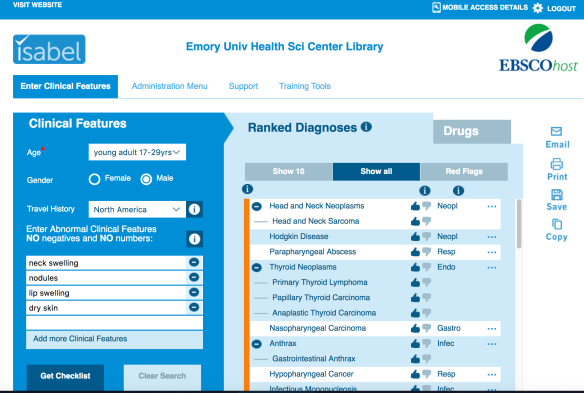The Bottom Line: Long-term nonprogressors (LTNP) account for 1-5% of HIV-infected individuals characterized by documented infection for more than 7-10 years, a stable CD4+ T cell count over 500/mm3 and low viremia in the absence of antiretroviral treatment. They are able to remain clinically health for more than 10 years in the absence of ART (Lugue et al, 2014).
Elite controllers (EC) are a small number of untreated HIV-1-postivite patients (approx. 1 in 300 infected people) who have undetectable viral loads in commercial PCR assays. Most definitions of EC require HIV-1 replication to be below the level of detection on at least three occasions during a 12-month period. Epidemiological studies have shown that the spontaneous control of HIV-1 replications can last more than 30 years, although loss of immune control is observed in some individuals (Walker and Yu, 2013).
References: Luque MC, Santos CC, Mairena EC, Wilkinson P, et al. Gene expression profile in long-term non progressor HIV infected patients: In search of potential resistance factors. Mol Immunol. 2014 Nov;62(1):63-70. doi:10.1016/j.molimm.2014.05.016.
Walker BD and Yu XG. Unravelling the mechanisms of durable control of HIV-1. Nat Rev Immunol. 2013 Jul;13(7):487-98. doi:10.1038/nri3478.
Summary: From “Genetics of HIV” [chapter 84] in Clinical Genomics: Practical Applications in Adult Patient Care (via AccessMedicine):
Long-term Nonprogressors: A significant number of studies have evaluated this population and among this group, the CCR5 mutations are most well characterized in terms of their ability to prevent HIV acquisition and delay AIDS progression through impaired HIV entry into cells. The Δ32 variant is the most prevalent mutation in this population and has been demonstrated to have prevalence in these individuals of 30%. It is on the basis of this understanding that the entry inhibitor class of antiretrovirals has been developed. By contrast, some mutations that interact or inhibit or downregulate CCR5 are associated with accelerated progression to AIDS. HLA typing subsets have also been implicated in this group, specifically related to individuals with the HLA-B*5705 and HLA-B*2705 who demonstrate substantially longer HIV course before progression to AIDS. In small sample sizes greater than 80% of LTNPs posses these alleles compared with approximately 10% of chronic progressors. An additional class of LTNPs has been identified who suppress viral progression on the basis of antibodies to HIV surface proteins including gp120 and gp41.
Elite Controllers/Suppressors: The APOBEC group of genes is important in the study of long-term nonprogressors and elite controllers, as mutations in APOBEC3G have been shown to relate to delayed AIDS progression. This group of proteins is made up of cytidine deaminases that catalyze the deamination of cytosine to uracil in the nascent viral DNA causing mutations that are lethal for the virus. HLA complex P5 (HCP5) has been implicated as associated with 1% of HIV patients who demonstrate slowed progression of disease. The HCP5 gene is located on chromosome 6, and the associated variant is known to be in high linkage disequilibrium with the HLA allele B*5701. HLA-B*57 and B*58 are associated with low viral load that is thought to boost cytotoxic T-lymphocyte activity. KIR3DS1 or KIR3DL1 allele and HLA class I alleles that encode an isoleucine at position 80 (HLA-Bw480I) had the slowest rates of progression to AIDS.
For additional reading: Madhavi V, Wines BD, Amin J, Emery S, et al. HIV Env- and Vpu-specific antibody-dependent cellular cytotoxicity responses associated with elite control of HIV. J Virol. 2017 Aug 24; 91(18): pii:e00700-17. doi:10.1128/JVI.0700-17.
Pereyra F, Addo MM, Kaufman DE, Liu Y, et al. Genetic and immunologic heterogeneity among persons who control HIV infection in the absence of therapy. J Infect Dis. 2008 Feb 15;197(4):563-71. doi:10.1086/526786.

